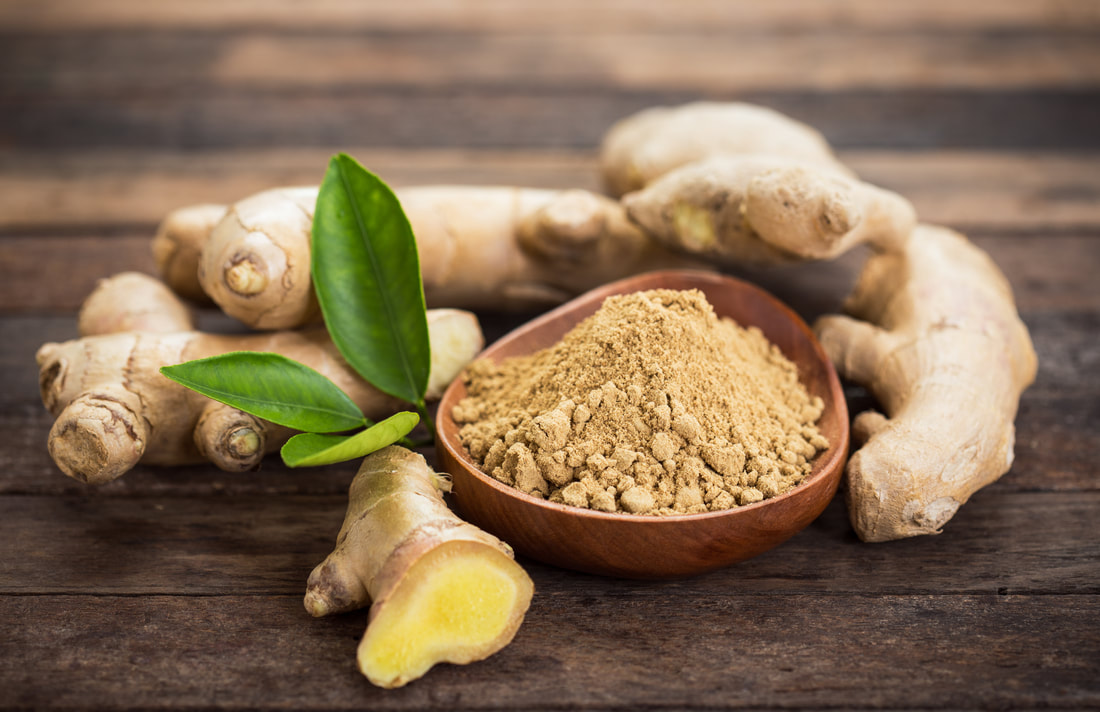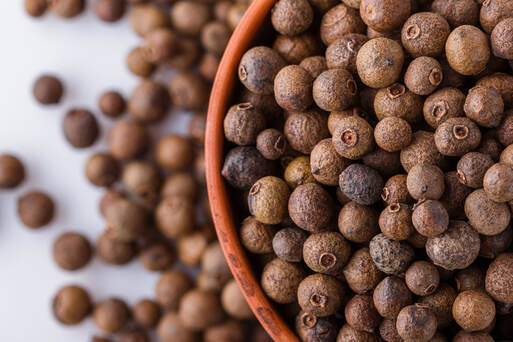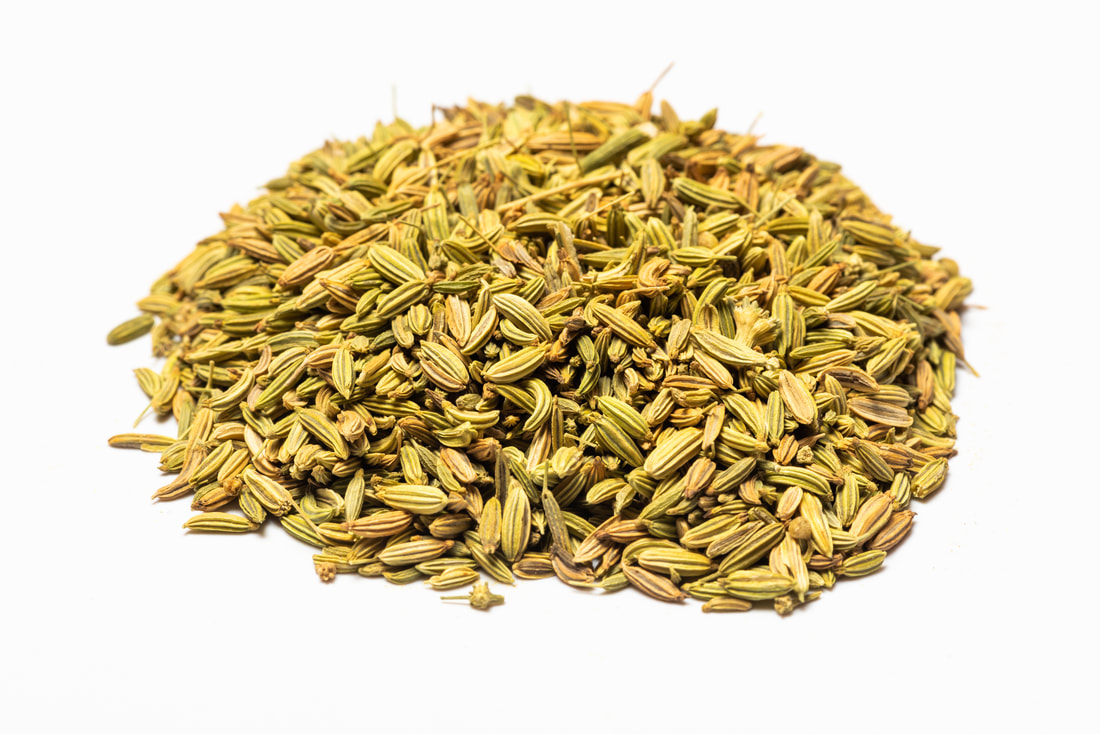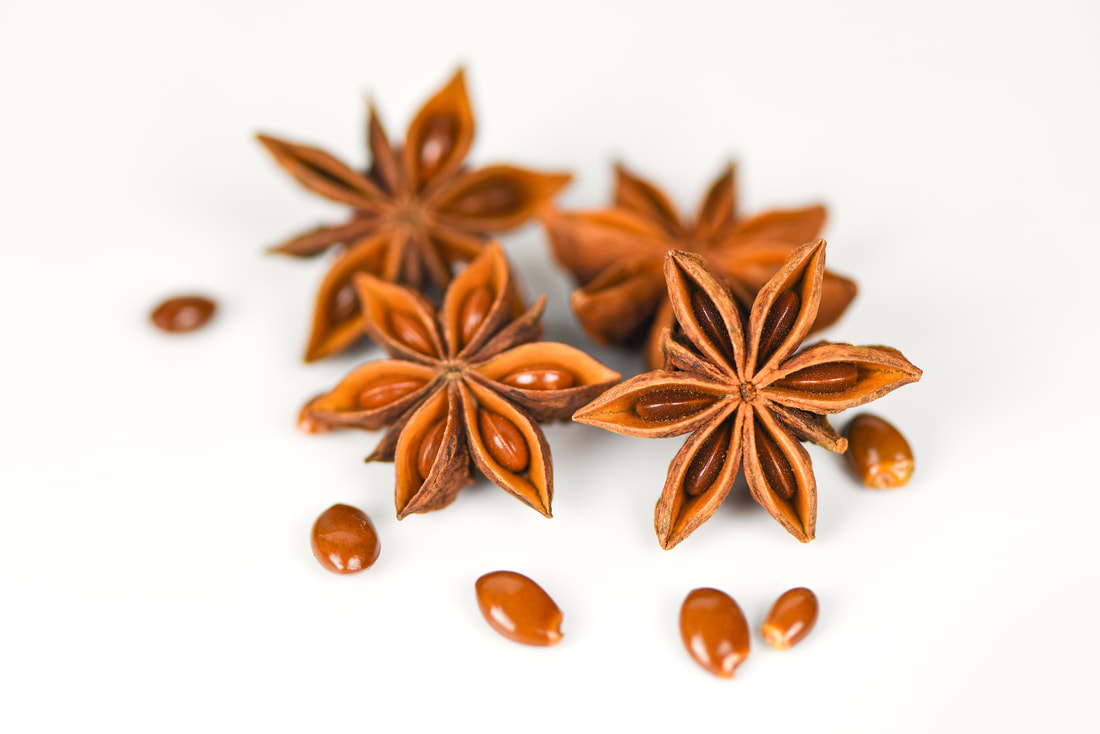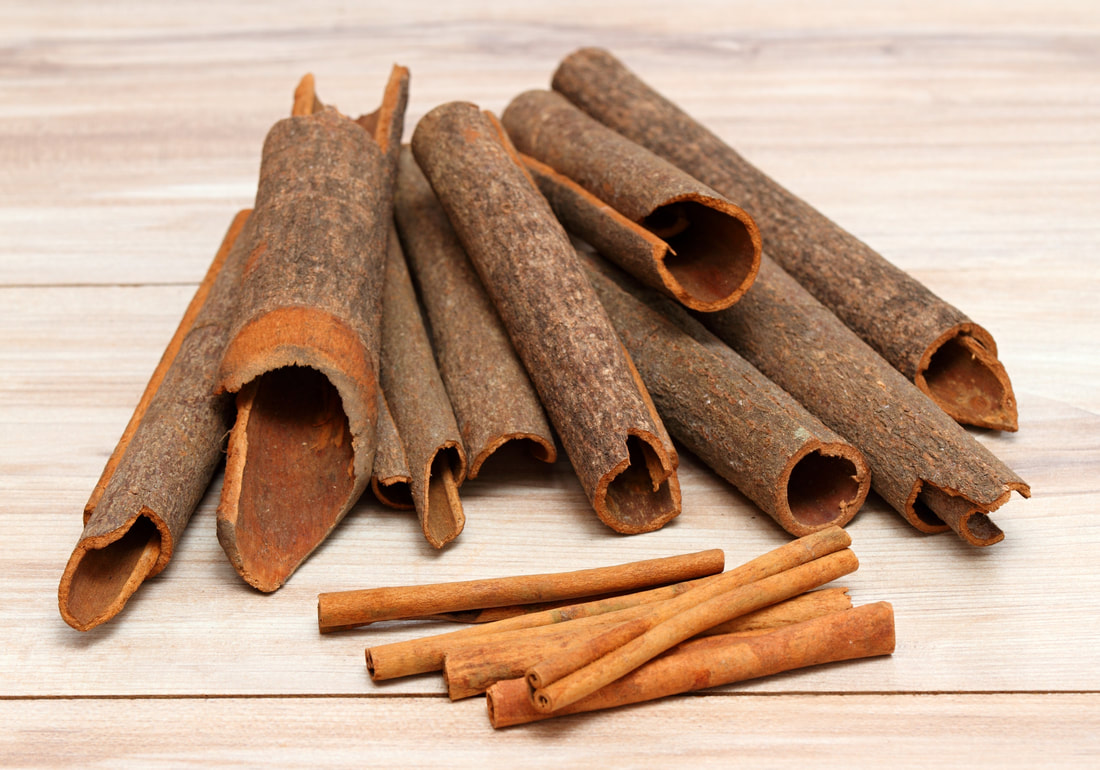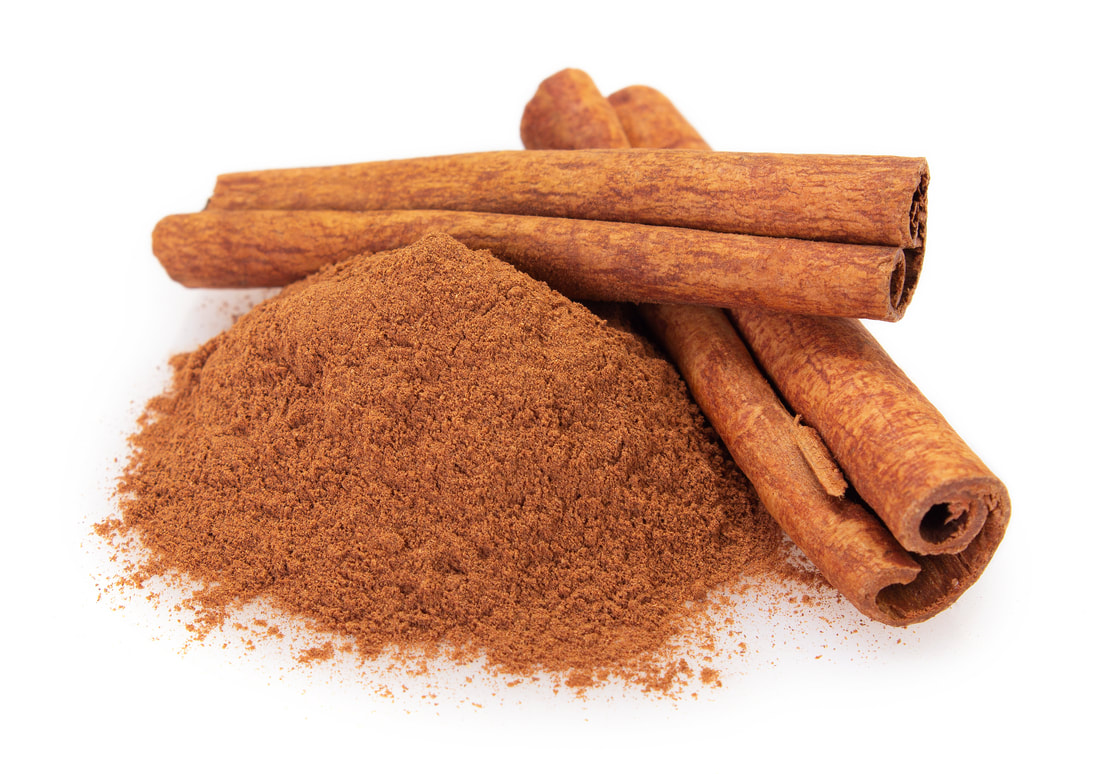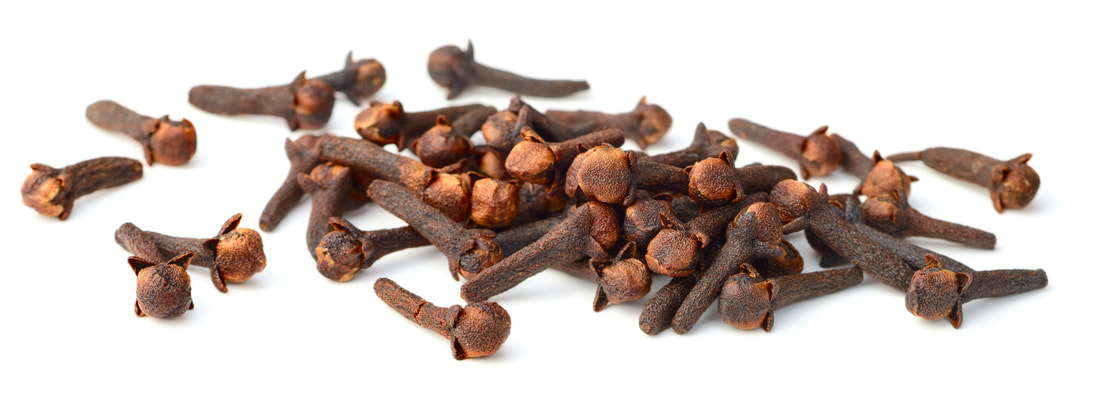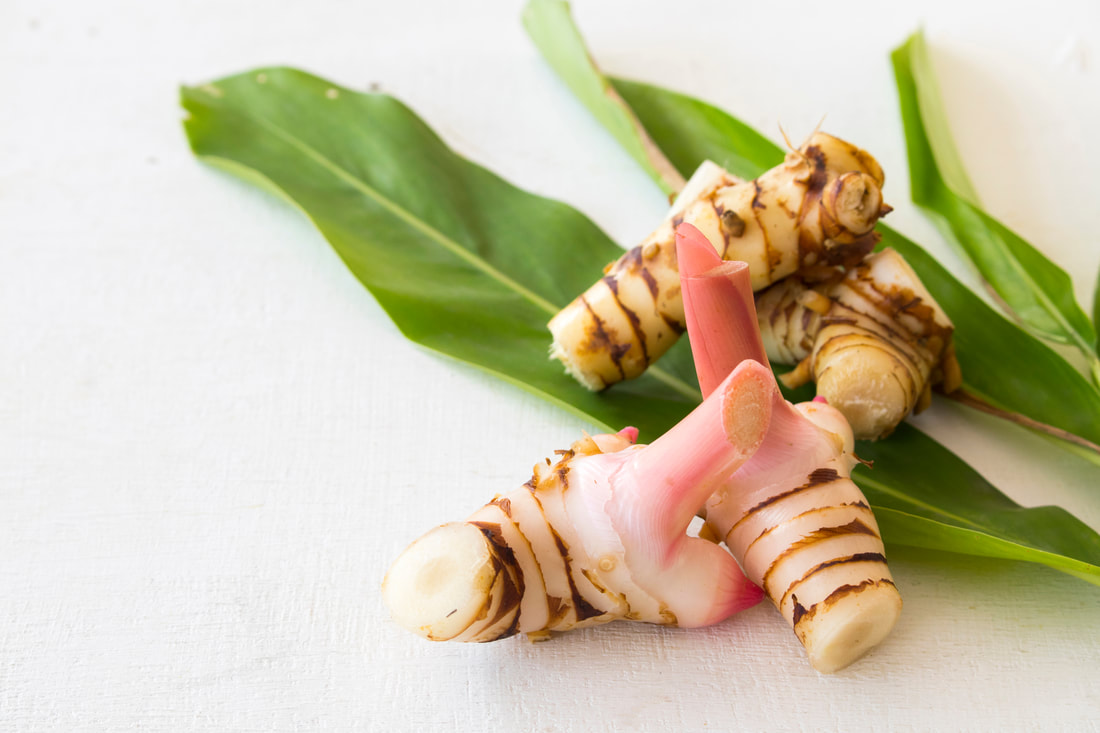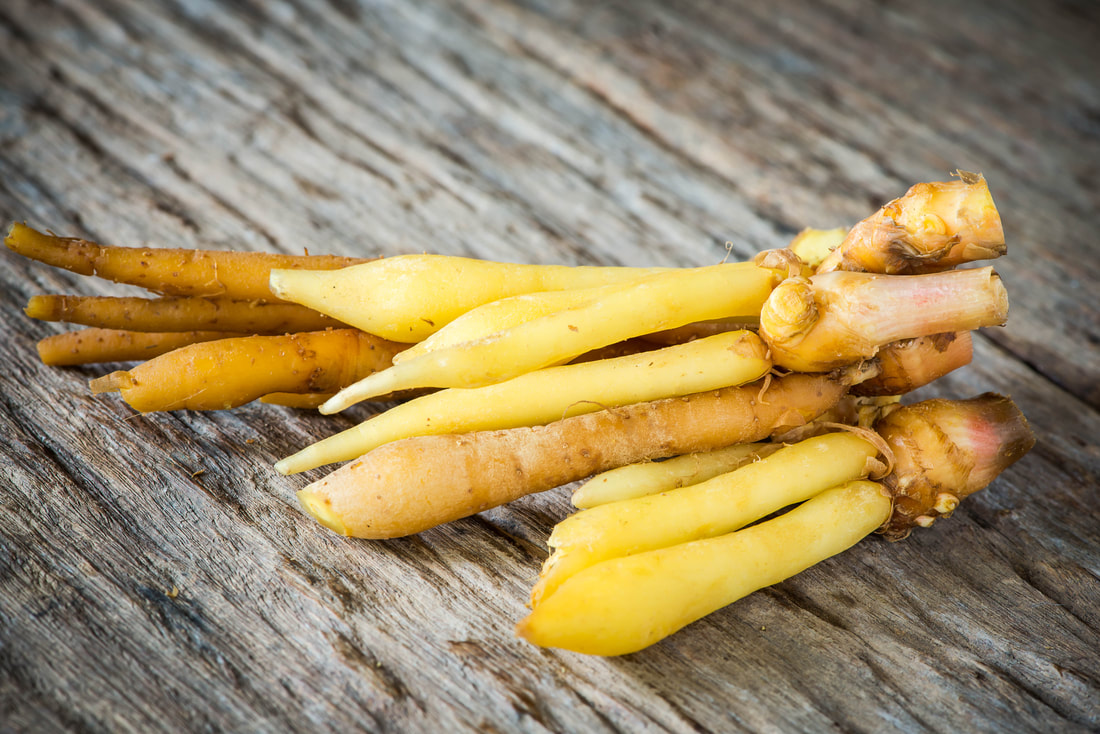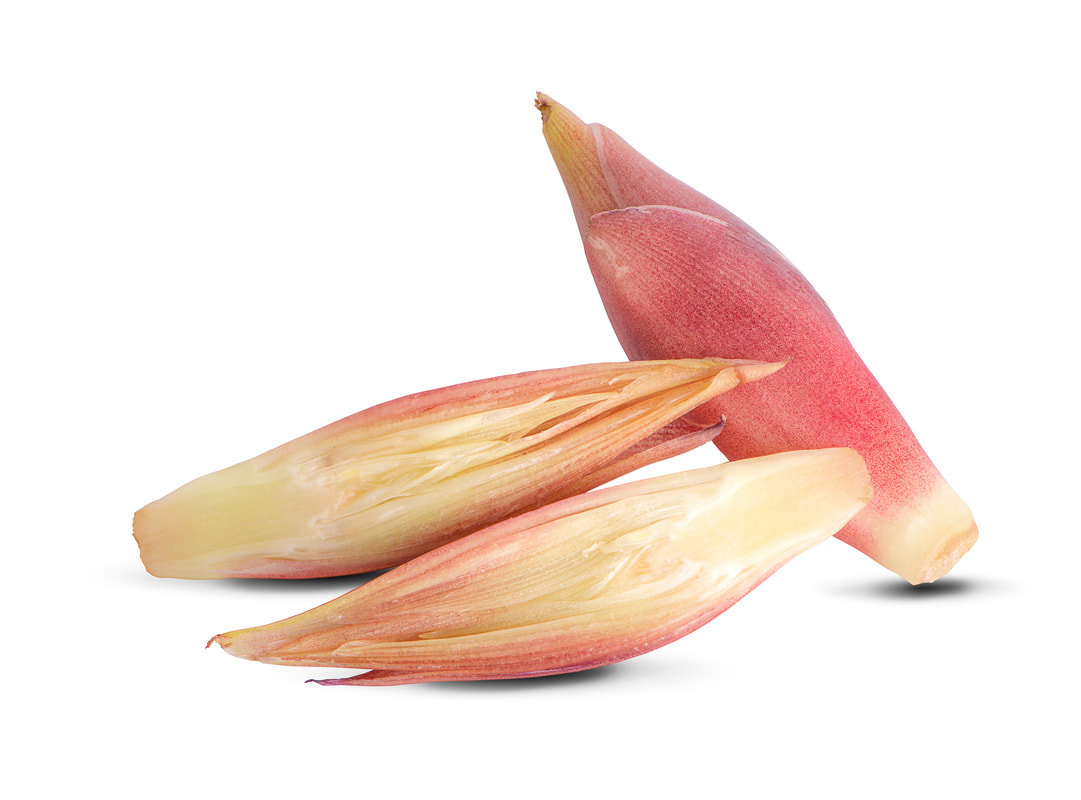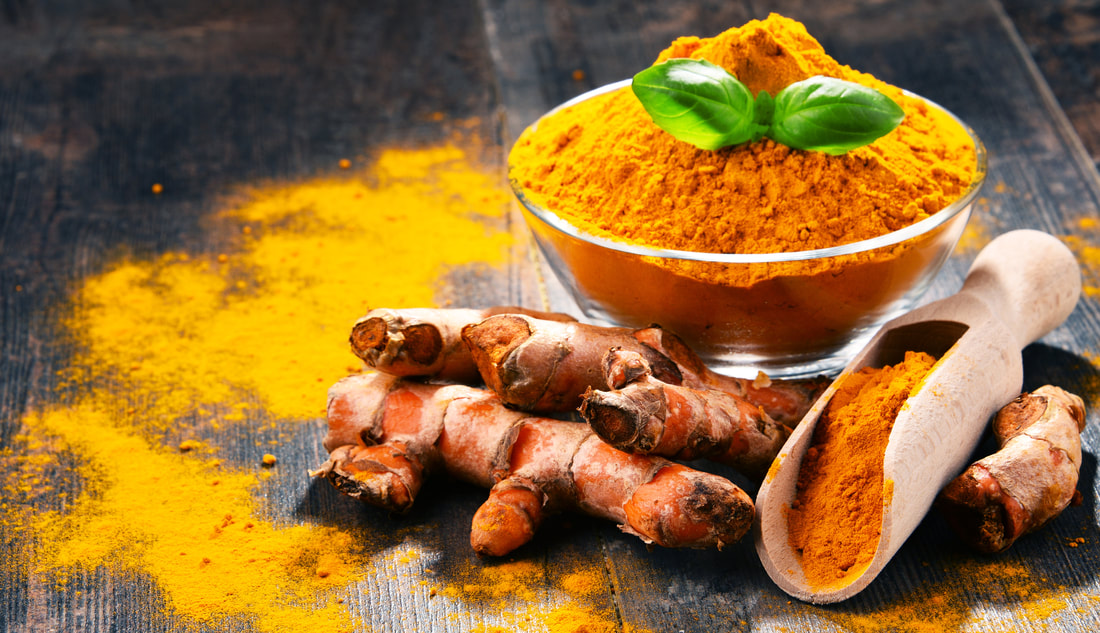Spice Aroma Compounds pt 1
By: Brent Naknao
Spices are seeds, fruits, roots, bark, or other plant substances primarily used for flavoring or coloring food. Spices can be added to most cocktail styles by using bitters, integrating them into a syrup like orgeat or grenadine, or adding a spice driven liqueur. The component of spices that proves flavor are the spices’ essential oils, which are composed of aromatic compounds. As noted in the July 2023 issue in the article entitled “A Guide to Cocktail Recipe Development”, (www.hawaiibevguide.com/flavor-pairings-and-recipe-development.html) recipes can be developed through:
How to use the following charts
The charts provide generalizations about the aromatic compounds that exist in common spices. This approach was taken because of the common variations in aroma compounds attributed to differences like environmental factors, plant varieties, cultivation practices, harvesting stage, method of storage and method of extraction. It should be noted that high concentrations of aromatic compounds generally but do not always proportionally correlate with flavor influence as some compounds can be more potent than others. We, however, have yet to find a resource that provides this information. For more on this concept:
W. Grosch, Evaluation of the Key Odorants of Foods by Dilution Experiments, Aroma Models and Omission, Chemical Senses, Volume 26, Issue 5, June 2001, Pages 533–545, https://doi.org/10.1093/chemse/26.5.533
- Food pairing: Flavors are intensified by mixing ingredients with similar chemical compounds.
- Food bridging: Two ingredients that do not share a strong molecular or empirical affinity are bridged through another ingredient or a path of non-repeating ingredients within a network of ingredient affinities
- The avoidance of food-bridging and food-pairing
How to use the following charts
The charts provide generalizations about the aromatic compounds that exist in common spices. This approach was taken because of the common variations in aroma compounds attributed to differences like environmental factors, plant varieties, cultivation practices, harvesting stage, method of storage and method of extraction. It should be noted that high concentrations of aromatic compounds generally but do not always proportionally correlate with flavor influence as some compounds can be more potent than others. We, however, have yet to find a resource that provides this information. For more on this concept:
W. Grosch, Evaluation of the Key Odorants of Foods by Dilution Experiments, Aroma Models and Omission, Chemical Senses, Volume 26, Issue 5, June 2001, Pages 533–545, https://doi.org/10.1093/chemse/26.5.533
Categories of Spices on this page
- Eugenol containing spices of Allspice, Clove, Cinnamon, Cassia and Nutmeg
- Rhizomes of Ginger, Galangal, and Turmiric
- Anethole containing spices of: Anise and Star Anise

